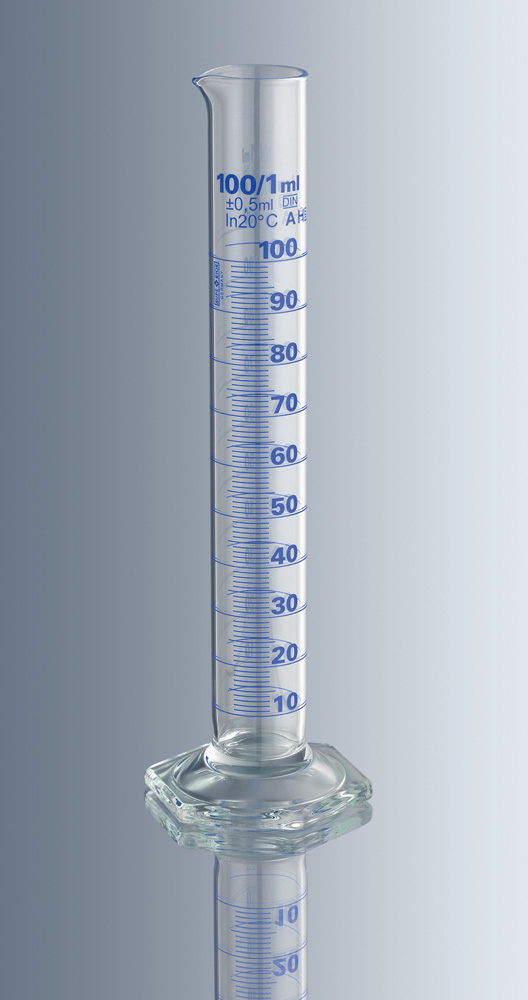Beakers, flasks, and measuring cylinders are essential pieces of glassware commonly used in laboratories for various scientific tasks such as mixing, heating, measuring, and storing liquids. Each type of glassware serves a specific purpose, with different designs to accommodate different functions.
1. Beakers:
- Shape: Cylindrical with a flat bottom and a spout (lip) for easy pouring.
- Material: Usually made of glass (borosilicate) or plastic, resistant to heat and chemicals.
- Sizes: Range from a few milliliters to several liters.
- Usage: Ideal for mixing and heating liquids. Not meant for precise measurements, though they have approximate volume markings on the side.
- Common Types:
- Low-form beakers: Short and wide, used for general mixing.
- Tall-form beakers: Taller and narrower, offering better control for stirring and heating.
2. Flasks:
- Common Types:
- Erlenmeyer Flask:
- Shape: Conical with a narrow neck and wide base.
- Usage: Used for mixing, heating, and swirling liquids. The narrow neck prevents splashing, making it ideal for chemical reactions.
- Volumetric Flask:
- Shape: Round bottom with a long neck.
- Usage: Designed for precise measurement of a single, specific volume. Used in preparing standard solutions.
- Florence Flask:
- Shape: Round bottom with a long neck.
- Usage: Used for boiling liquids, often in distillation processes.
- Büchner Flask:
- Shape: Similar to Erlenmeyer but with thicker walls and a side arm for vacuum filtration.
- Erlenmeyer Flask:
3. Measuring Cylinders (Graduated Cylinders):
- Shape: Tall and cylindrical, with volume graduations marked along the side.
- Material: Typically made of glass or plastic.
- Sizes: Can range from 10 mL to several liters.
- Usage: Used to measure the precise volume of liquids. The liquid level is read at the bottom of the meniscus (the curve seen at the liquid's surface).
- Accuracy: More accurate than beakers or flasks for measuring volume.
Key Differences:
- Beakers: Primarily for mixing and rough volume estimates.
- Flasks: For reactions, heating, and mixing with some specific uses like precise measurements (volumetric flask) or vacuum filtration (Büchner flask).
- Measuring Cylinders: For precise volume measurements of liquids.
Let me know if you need details on specific brands, materials, or sizes for these items. Read more: Beakers Flask and Measuring Cylinders

